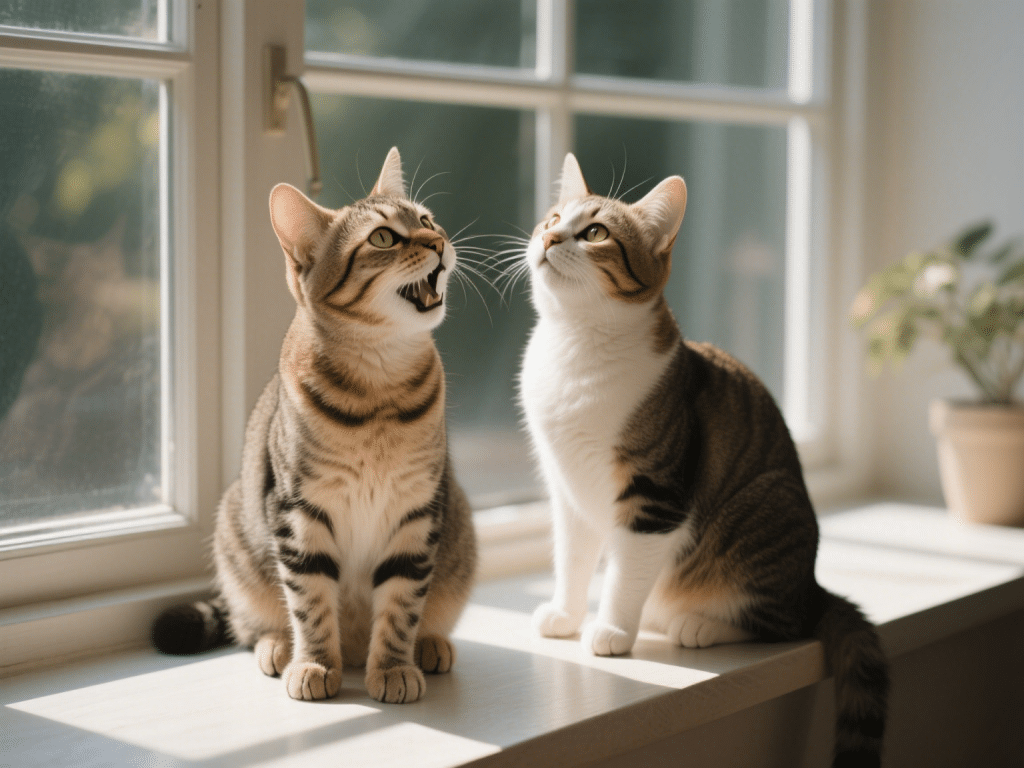
Anyone who’s lived with cats knows they have a unique language—part vocal, part body‑posture, part scent. Unlike dogs, cats rarely bark; instead, they rely on a rich repertoire of meows, purrs, chirrups, tail flicks, and more to express needs, desires, and moods. As a longtime cat advocate and blogger, I’ve spent years learning to listen beyond the meow—and you can too.
1. Vocal Signals
Meow: Typically reserved for humans (“Feed me,” “Open the door,” or “I’m here!”).
Purr: Comfort, contentment, or—in some cases—self‑soothing when stressed or in pain.
Chirr or Chirp: A friendly greeting, often when spotting birds or calling to you from another room.
Hiss/Growl: Defensiveness or discomfort—back off and give space.
2. Body Language
Tail Positions:
High and Straight: Confident, happy.
Quivering: Affectionate excitement (may occur before peeing in front of you!).
Low/Tucked: Fear or submission.
Ears:
Forward: Curious, relaxed.
Flattened: Fear or aggression.
Eyes:
Slow Blink: “I trust you.” Return the slow blink to strengthen your bond.
Dilated Pupils: Excitement, fear, or play mode.
3. Scent Marking & Social Bonds
Cats exchange information via scent. A friendly head bump transfers pheromones that say “You’re safe.” Scratching posts also deposit scent, marking territory. Multi‑cat households benefit from multiple scratching zones and separate feeding spots to reduce scent‑based tension.
4. Contextual Cues
Understanding context is vital: a purr during petting is contentment, but a purr in the vet’s office may be your cat trying to calm itself. Observe your cat’s baseline behavior in a calm environment to spot deviations.
5. Strengthening Communication
Respect Their Signals: If a cat averts its gaze, that’s polite avoidance—give them space.
Consistent Routines: Predictable feeding and playtimes reduce stress.
Interactive Play: Mimics hunting and opens two‑way “dialogue.”
Environmental Enrichment: Window perches, puzzle feeders, and safe outdoor enclosures let cats explore and “talk” to the world.
Takeaway: By tuning into your cat’s multifaceted language—vocal, visual, and olfactory—you’ll deepen trust and enjoy a more harmonious home. Next time your cat chirps from the windowsill, you’ll know you’ve got a conversation partner.

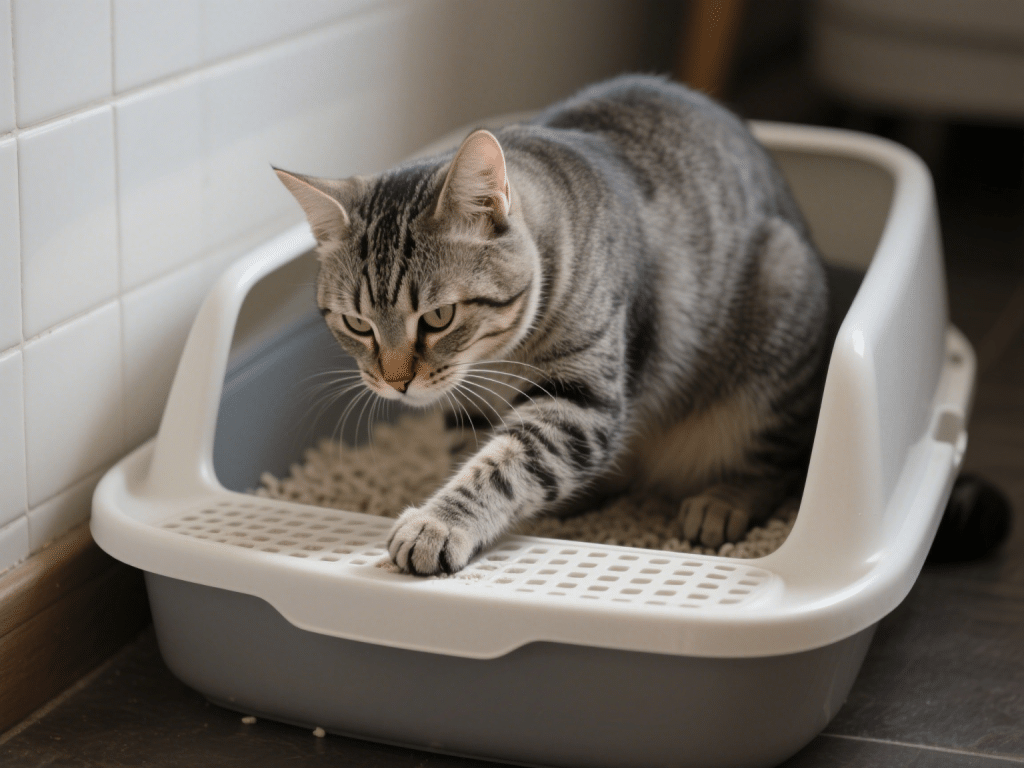
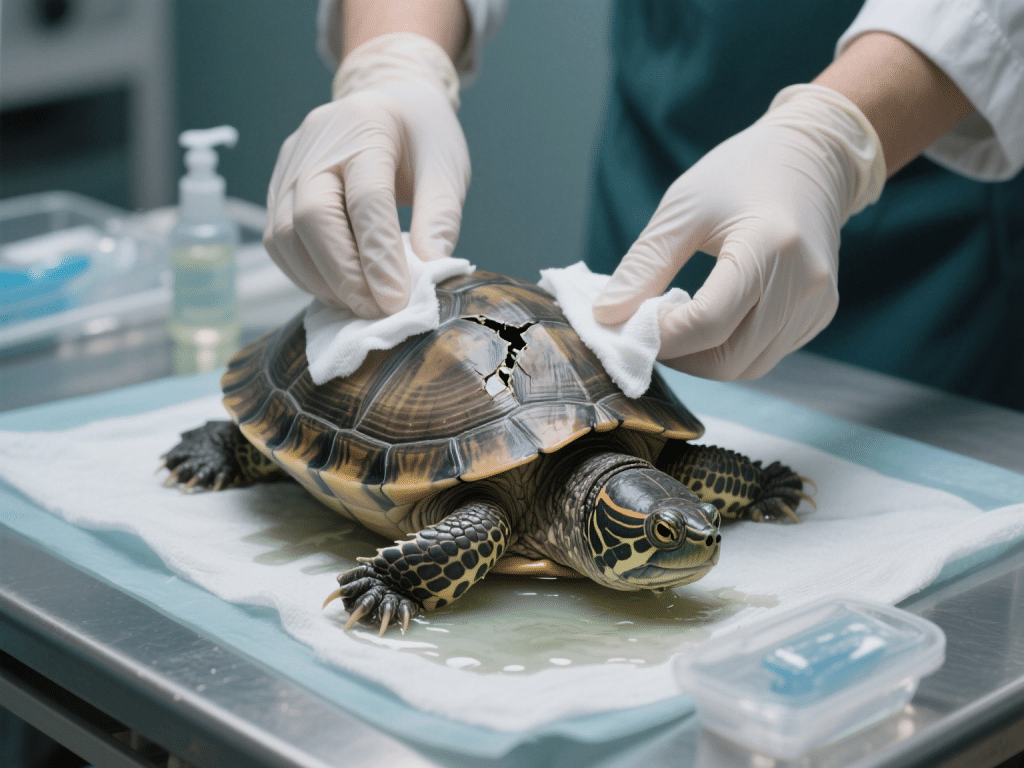




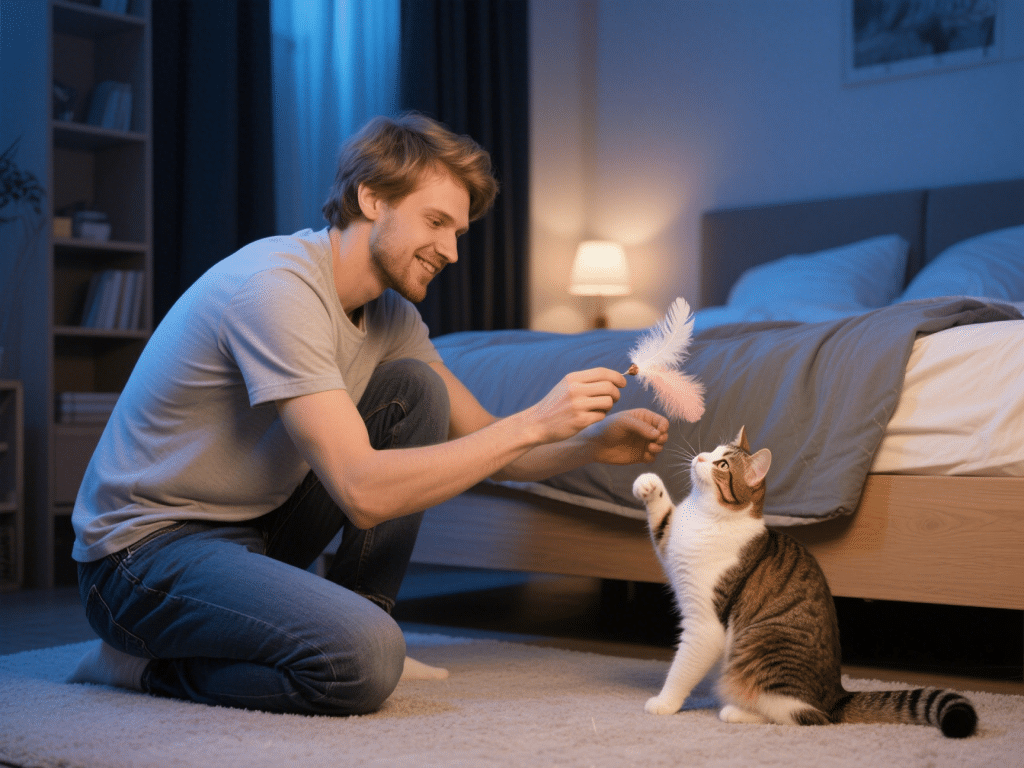
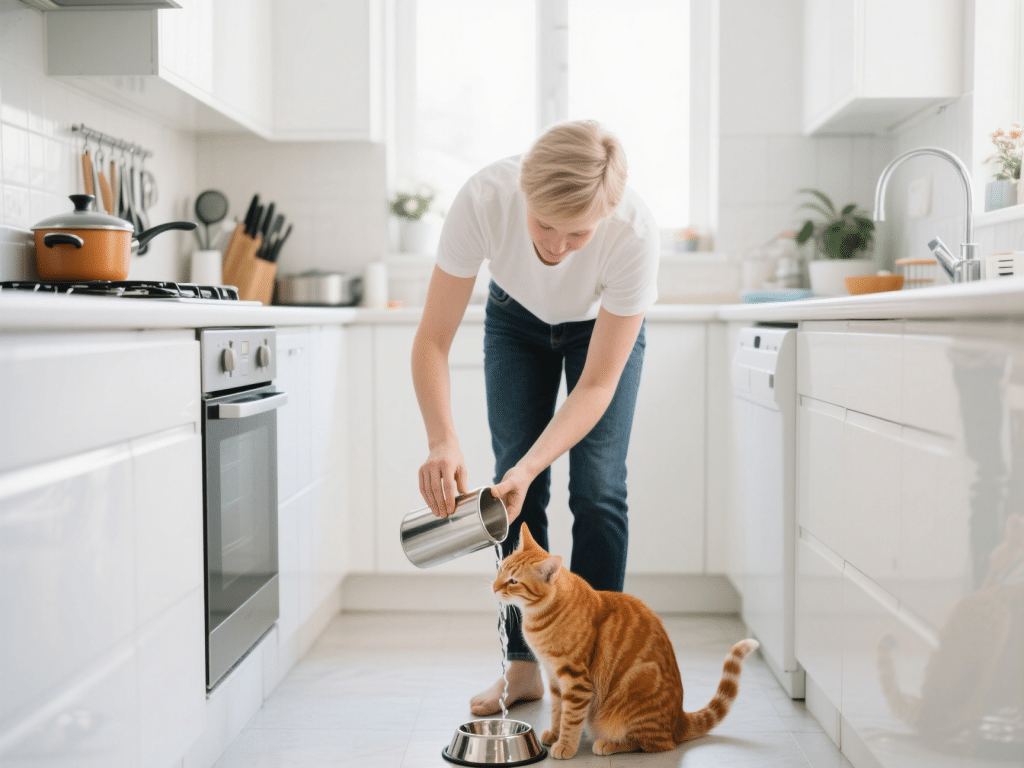
Comments on " Decoding Cat Conversations: How Your Cat Talks to You and Other Cats" :